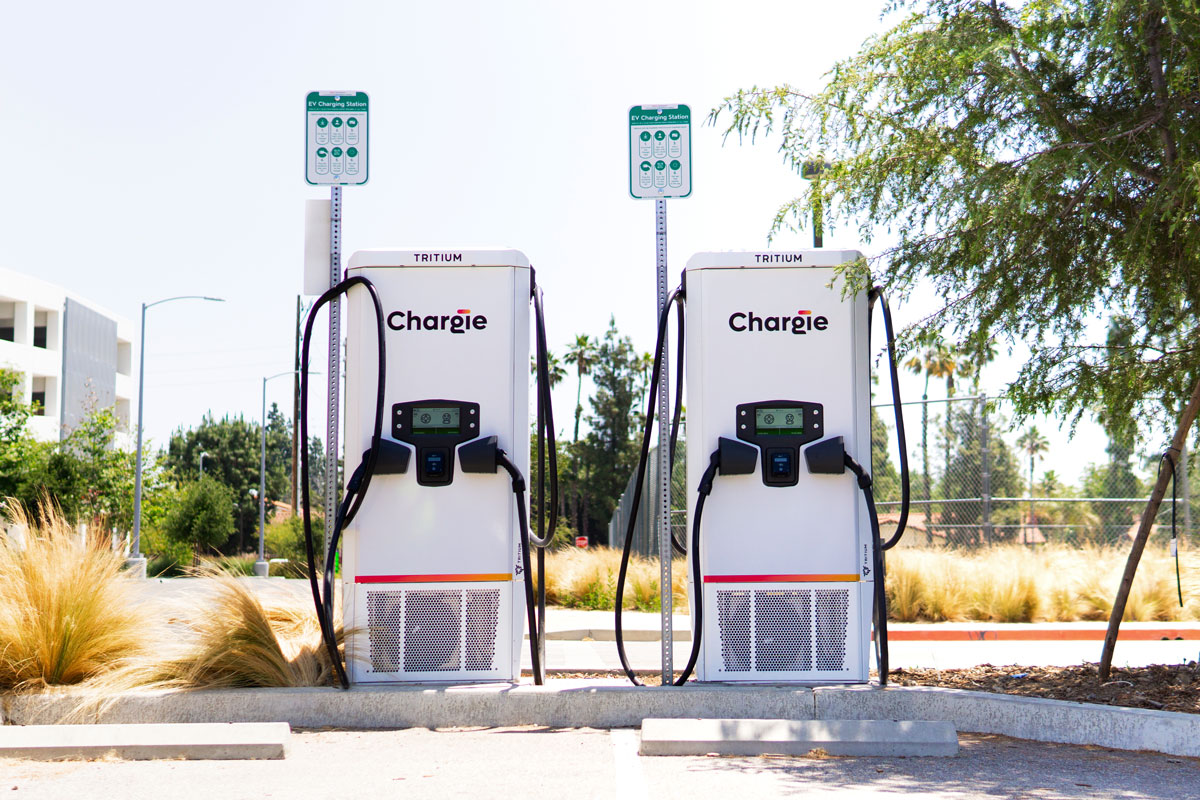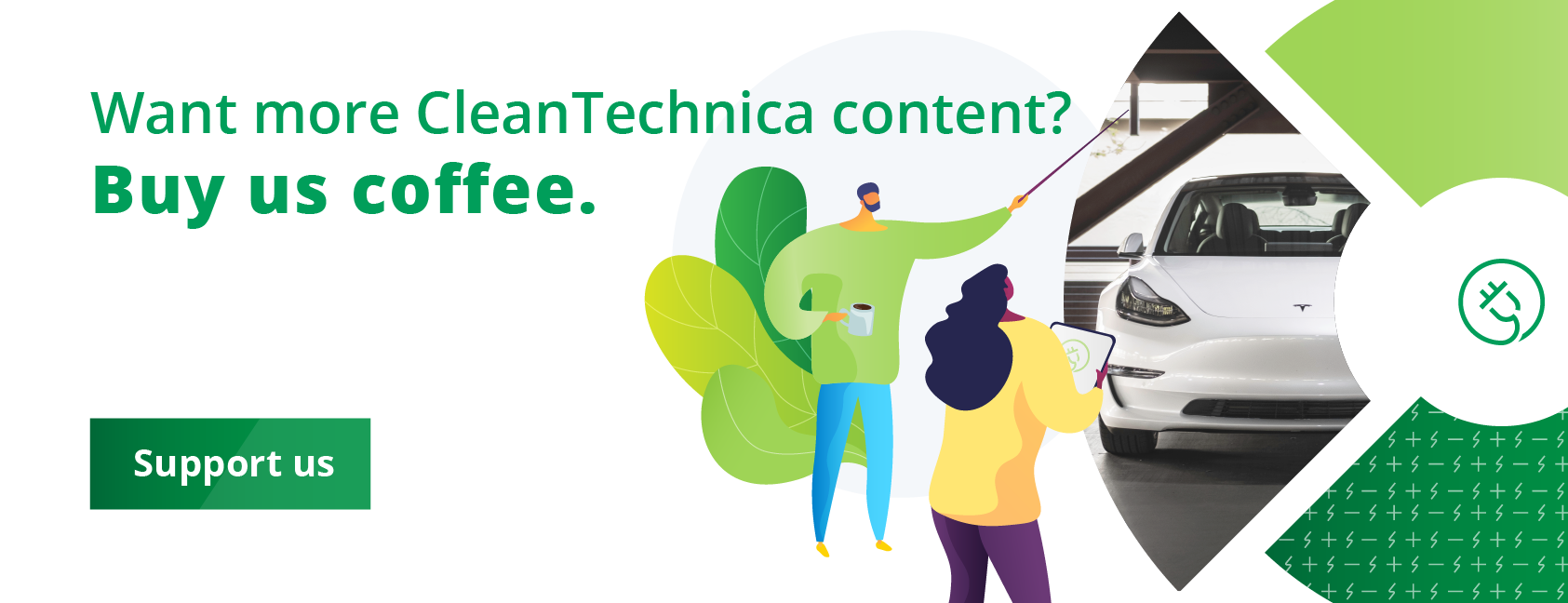
Washington Post columnist Michael Coren has done the EV community a tremendous service. He has a neighbor who refuses to plug in his Toyota RAV4 Prime because the cost of electricity is “ruinous.” The right wing crazies at Faux News love to pummel their viewers with stories about how it costs more to charge an electric car than to buy gasoline for a conventional car.
So Coren decided to delve into the story to find out what the truth is. The answer is important, because according to the Pew Research Center, saving money by switching to an electric car is a factor mentioned by 70% of people surveyed. I have been writing about electric cars for over a decade, and the argument has always been that, yes, an electric car costs more than an equivalent conventional car, but the difference is offset over time by lower fuel and maintenance costs. If that’s not accurate, much of the economic case for driving an electric car fails.
One Question, Many Answers
To begin with, calculating the cost of electricity is not a simple task. Basic rates vary from state to state and often within states as well. They also can vary during the day — higher when demand is high, lower when demand is less. Coren asked for help from Energy Innovation, a non-partisan policy research organization whose primary mission is decarbonizing America’s energy sector. He wanted to know the cost of electricity for recharging an electric car in all 50 states in July of 2023. The Washington Post went to great pains to inform its readers about the methodology used to arrive at the information provided by Energy Innovation.
“The costs to fill up an EV vs. a gasoline vehicle were calculated for three vehicle classes: sedans, SUVs and trucks. All vehicle selections are 2023 base models. The average miles traveled by a driver per year was assumed to be 14,263, based on 2019 Federal Highway Administration data. For all vehicles, assumptions for range, mileage and emissions were drawn from the Environmental Protection Agency’s fueleconomy.gov.
“Gas prices are based on July 2023 data from AAA. For EVs, the average number of kilowatt-hours required for a full charge was calculated based on the battery size. Charging location was based on Energy Department research indicating that 80 percent of charging is at home. Residential electricity rates were provided by the Energy Information Administration from 2022. The remaining 20 percent of charging was at public charging stations, with electricity rates based on Electrify America’s published rates by state.
“These calculations do not incorporate any assumptions for total cost of ownership, EV tax credits, registration fees, or operation and maintenance expenses. We also do not assume any EV-related rate designs, EV charging discounts or free charging, or electric time-of-use pricing.”
That should give you some idea about how complicated it can be to answer a simple question like, “Does it cost less to operate an electric car than a gasoline powered car?” The correct answer, the study showed, is that in the vast majority of cases, the answer is yes, paying the cost of electricity is cheaper than the cost of gasoline. Not always though. Sometimes the cost of gasoline is less. The Post article explains in exquisite detail why that is true. It also addresses why the question, in the final analysis, is irrelevant.
The bottom line, according to Coren, is that in all 50 states, it is cheaper for the everyday American to fill up with electrons. In some regions such as the Pacific Northwest, with low electricity rates and high gas prices, it is much cheaper. In the southeast, the savings are lower but still significant.
In Washington state, where gas prices in July were $4.98 per gallon of gas, it costs about $115 to fill up a Ford F-150. That truck can travel about 430 miles on a full tank. Recharging a Ford F-150 Lightning with enough electricity to cover the same distance costs about $34 — $80 less. This assumes, as the Energy Department estimates, that EV drivers recharge at home 80% of the time. It also says drivers typically pay 15 cents per kWh for electricity when they charge at home.
In Mississippi, a conventional pickup costs about $30 more to refuel than its electric counterpart. A person driving 14,000 miles per year would see annual savings of roughly $700 for an electric SUV or sedan, and up to $1,000 for a pickup, according to Energy Innovation.
Charging Away From Home

Image courtesy Chargie
Coren wanted to know how taking a road trip would affect the cost calculations. By definition, people traveling are not charging at home, where the cost of residential electricity is low. They might use Level 2 chargers when they stop for the night, but most of their charging will be done at Level 3 chargers so they can continue their journey as soon as possible.
Level 3 chargers are almost always operated by charging networks like Electrify America, EVgo, or ChargePoint. Those are for profit businesses who bill for the electricity they provide at rates high enough to repay their investments with money left over. They are like restaurateurs who charge $12 for a glass of pinot grigio that costs them 28 cents. The local cost of electricity is irrelevant, just as what the restaurant pays for its wine is irrelevant.
Energy Innovation used 10 cents per kWh for Level 2 charging (some are more, and some are free) and 30 to 48 cents for Level 3 chargers. Coren decided to compare the fueling costs of a Ford F-150 and a Ford F-150 Lightning for a hypothetical 408 mile road trip from San Francisco to Disneyland. The result? The Lightning saved $14 in fuel costs for the trip — a negligible amount. If a driver is relying on fast chargers most of the time, fuel savings will be modest.
Next Coren did a hypothetical road trip from Detroit to Miami, a distance round trip of 1400 miles. This time, he chose to compare a Toyota Camry and a Chevy Bolt — two relatively efficient vehicles. Using DC fast chargers for the entire trip, the Bolt paid $169 for the journey. The Camry burned just $142 worth of gas. The Bolt would have been cheaper if Level 2 chargers were used along the way, but people on road trips don’t usually use them unless they find one at a motel along the way that lets them plug in while they are sleeping.
The Social Cost Of Carbon
We encourage our readers to read the entire Washington Post analysis. It is quite detailed, thoroughly researched, and a great place to find accurate data to refute the arguments of the anti-EV crowd. Here is the conclusion Coren came to after his painstaking research. “For the everyday driver in the United States, it’s already cheaper to refuel an EV most of the time, and it’s expected to get cheaper as renewable capacity expands and vehicle efficiency improves.”
But that’s not the end of the story. He quite correctly points out that what really matters when discussing the economics of driving an electric car is the social cost of carbon. For example, he notes that during that mythical road trip from Detroit to Miami and back, the Bolt was responsible for just 20% of the emissions attributable to the Camry.
Coren says the social cost of carbon is an approximate estimate in dollars of the damage done to the environment by adding another ton of carbon to the atmosphere. It includes a tally of heat deaths, flooding, wildfires, crop failures, and other costs associated with a warming planet.

Every gallon of gas adds about 20 pounds of carbon dioxide to the atmosphere, equivalent to about 50 cents in climate damage per gallon, researchers estimate. Accounting for external factors such as congestion, accidents and air pollution, according to one 2007 estimate by Resources for the Future, the damage bill is closer to $3 per gallon.
“You’re not required to pay this, of course. And EVs also don’t solve this problem on their own. For that, we’ll need more cities and neighborhoods where you don’t need a car to visit friends or buy groceries. But electric mobility is essential to helping keep temperature increases below 2 degrees Celsius. The alternative is a price that has become impossible to ignore,” Coren writes.
Amen to that.
I don’t like paywalls. You don’t like paywalls. Who likes paywalls? Here at CleanTechnica, we implemented a limited paywall for a while, but it always felt wrong — and it was always tough to decide what we should put behind there. In theory, your most exclusive and best content goes behind a paywall. But then fewer people read it! We just don’t like paywalls, and so we’ve decided to ditch ours. Unfortunately, the media business is still a tough, cut-throat business with tiny margins. It’s a never-ending Olympic challenge to stay above water or even perhaps — gasp — grow. So …



